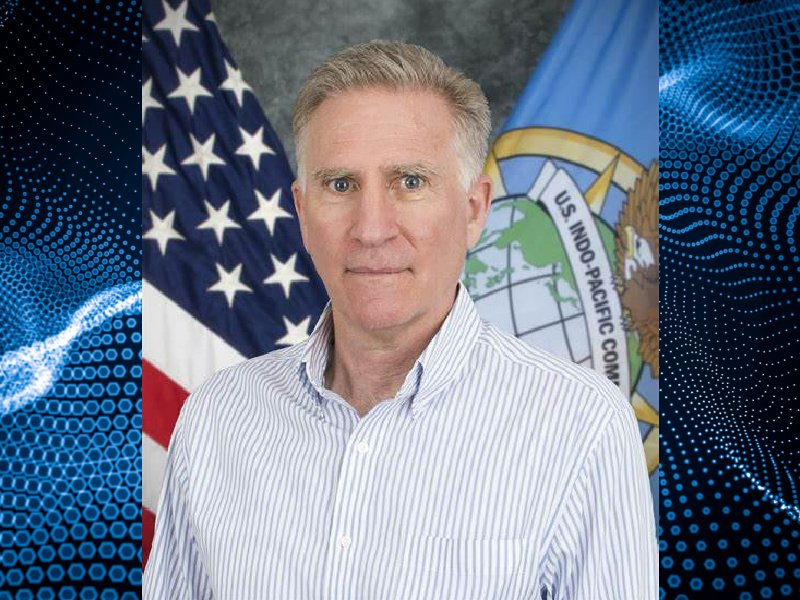James Carouso spent 25 years as a career diplomat with the US State Department. He is well known across the Asia Pacific region and especially well known in Australia. His foreign postings included a stint as deputy chief of mission and chargé d’ affaires at the US Embassy in Canberra.
He also spent time as chargé d’affaires at the US Mission to the Association of Southeast Asian Nations (ASEAN). Right now, Mr Carouso is Washington-based Center for Strategic and International Studies as senior advisor and chairman of the advisory council to the Australia Chair.
In December last year, Mr Carouso co-authored an article with four former US Ambassadors to Australia – Thomas Schieffer, Jeffrey Bleich, John Berry, and Arthur Culvahouse – calling for an end to ITAR rules being applied to Australia.
ITAR is the International Trade and Arms Regulations of the United States. It is a little-known term in mainstream circles, but very well understood.
In this episode of the Commercial Disco podcast, James Carouso talks about the origins of the ITAR rules and outlines his case for lifting ITAR restrictions for Australia. He says it is fundamental to successfully sharing technology through the AUKUS arrangements, and to bolstering Australia’s defence capability in the short to medium-term.
The ITAR regulatory regime was set up in 1976, during the Cold War. The US had a substantial defence technology lead over its rival, and the ITAR controlled access to weapons and technology.
From a geopolitical perspective, Mr Carouso says 1976 is a very long way from 2023. And given the current geostrategic competition in the Indo-Pacific – the rise of China and all that – he says people would be surprised to learn that regulations aimed at restricting the flow of military equipment and the flow of technology is being applied to Australia.
Of course, Australia is able to access weapons and advanced technology. But it takes time. Yes, it is possible to apply for licences and approvals for advanced tech like the F35 fighter. But it is cumbersome and no longer fit for purpose in a relationship as close as the Australia-US alliance.
And with the AUKUS Pillar II arrangements, which will facilitate technology sharing across everything from quantum tech to artificial intelligence to hypersonics, the ITAR gets in the way.

“The second pillar [of AUKUS] being cooperation on all sorts of advanced tech,” Mr Carouso says. “[And} is if we are sharing information – you and I – I can’t get a bloody license or approval every time you want to exchange information!”
“But that’s what ITAR would require.”
A carve out for Australia would be the simplest way forward, he says. Mr Carouso says there is a lot of work to do, but that we have found some support on Capitol Hill through a group of lawmakers – the so-called AUKUS-caucus.
“We need to maintain a technological advantage. To do that we have to work more closely with our closest allies, specifically Australia and the UK, on developing this advanced technology like hypersonics, quantum computing, drone technology,” Mr Carouso said.
“[These are] things to do that require sharing information about how our tech is developed, sharing our secrets basically about the most advanced technology we have. Obviously, we’re very sensitive about that.
“But the bottom line is, for us to compete with China and maintain the technological advantage that we currently enjoy, will require all of us pulling on the oar together.
“[This] doesn’t mean that some people at the State Department can sit and give approval every time some technology or information about technology is going to be shared across our borders. So, I think that carve outs [like Australia is] what’s needed.”
Do you know more? Contact James Riley via Email.

